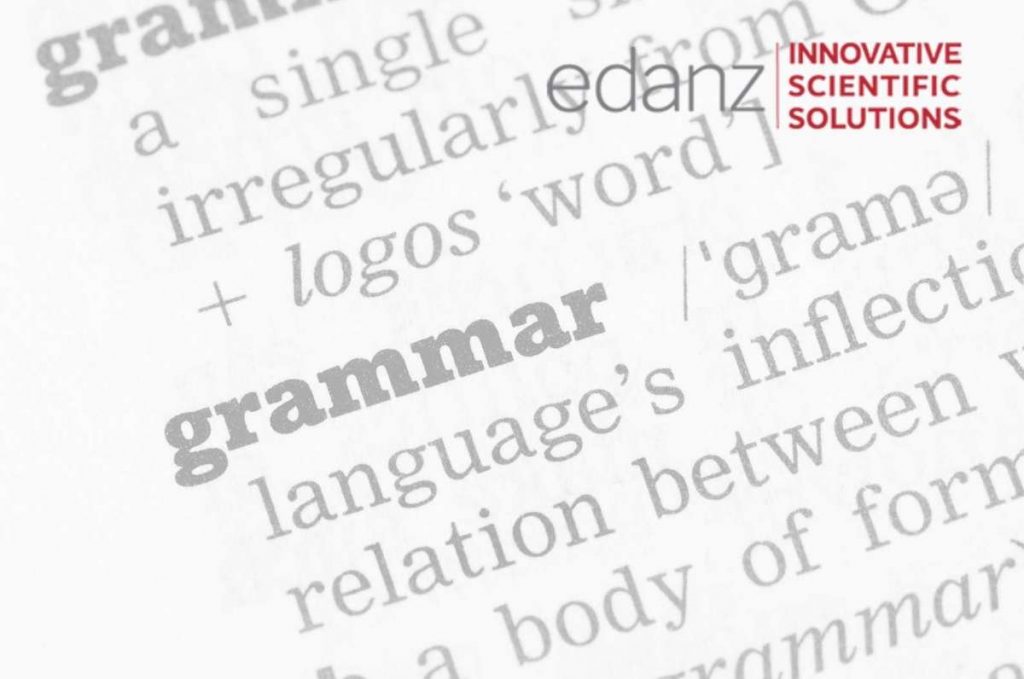“That” and “who” – some are people and some aren’t. That’s the key to using “that” and “who”. Take a quiz to learn more.
Which of the following is/are correct in scientific writing?
- The students who we interviewed were all postgraduates.
- The students that we interviewed were all postgraduates.
- The students whom we interviewed were all postgraduates.
- The students which we interviewed were all postgraduates.
Let us assume all four sentences contain defining relative clauses after “The students” and before “were all postgraduates”. Defining relative clauses relate to but limit or identify the noun (students), thereby implying that there are other students too, but who were not interviewed..
Although (1) is acceptable in conversation, (3) is the formal version in writing, because “students” is actually the object of the subject-verb “we interviewed”. Hence, we need the object form of the relative personal pronoun (that is, “whom”). “Who” is used in defining relative clauses about people who are the subject of the verb in the active voice (“The students who replied…”) or in the passive voice (“The students who were interviewed in this study…”). In the latter case, think of “interviewed” as an adjective.
Similar rules apply for people in non-defining relative clauses within a pair of commas (active voice, object: “The students, whom we interviewed, were all postgraduates”; passive voice, subject: “The students, who were interviewed in this study, were all postgraduates”). Here, the relative clauses give additional information, can be deleted without changing the meaning, and imply there are no other students.
In formal writing, you may use “that” in defining relative clauses, as in (2), as an acceptable alternative to the object relative pronoun “whom”, in (3). In informal writing, you may use a reduced relative clause by omitting the relative pronoun (“The students we interviewed…”).
Finally, (4) is incorrect because “which” is usually used in non-defining relative clauses to refer to things as subjects within a pair of commas (“The replies, which came from five students, were studied”) or as objects with one comma (“We studied the replies, which came from five students.”). In both cases, there are no other replies.
Quick Tip
Which of these alternatives is correct?
A similar (1) principle / (2) principal applies for non-defining relative clauses.
Both nouns are pronounced the same. Here, we mean a rule, so (1) is correct; you can remember this by noting that the nouns rule and principle both end in “-le”. A principal is the most senior person; you can remember this by noting the word “pal” at the end of principal. Principal is also an adjective meaning the most important thing, and a noun meaning an invested amount of money.
Grammar and punctuation are among the top reasons for being rejected by a journal. To ensure the language in your manuscript is publication-ready you should have a native-English-speaking expert in your field edit for grammar, clarity, and accuracy of scientific expression.




